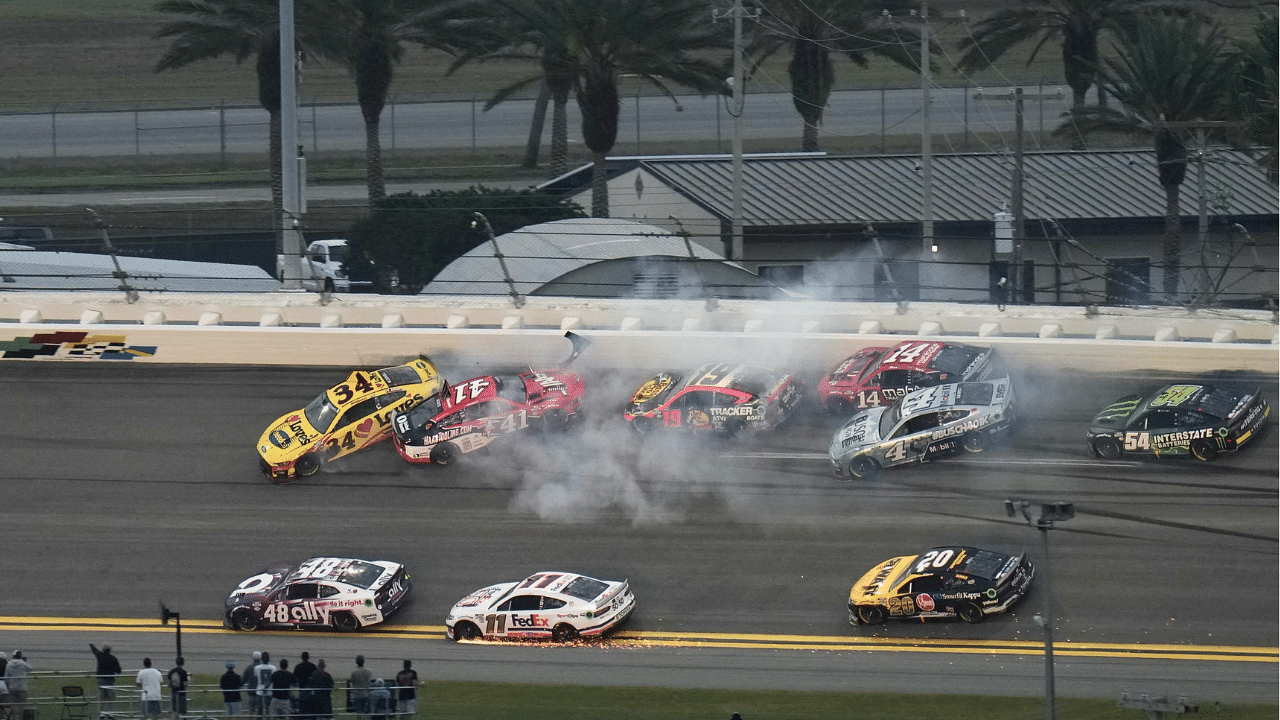Crashes are common in motorsports and it happens in almost every other race in NASCAR. So it’s no surprise that the organizers had to come up with a Damaged Vehicle Policy (DVP) that addresses the damaged cars that are a result of such wrecks. The policy was introduced back in 2017 and has completely changed the way teams go about repairing damages on their cars during a race. It has its fair share of takers but not everyone was happy about the new rules.
Advertisement
The DVP was a necessary step NASCAR took regardless of the criticism it has faced in recent years. Before 2017, teams could take their own sweet time to repair a car that had been in a crash. Sometimes, these repairs were not up to the mark and posed a threat to the other drivers on the track.
If the cars left debris all over the track as they ran, it would compromise safety. What’s more, some cars did not even have all of their parts attached. Another issue was that these cars often failed to match up to the minimum speed required in a race.
So, in 2017, NASCAR decided that enough was enough and laid down the law. Teams were only to be given five minutes to do the initial repairs and send it back on track. If it matched the minimum speed required in three laps, they could take longer to work on it. Damaged body panels were also not allowed to be changed, only fixed.
NASCAR added a rule about tailpipe assembly under damaged vehicle policy. It is result of Stenhouse fire a couple weeks ago. When team made fixes, they accidentally sent him out without tip of tailpipe, which caused the fire (and were having him come back in to fix). pic.twitter.com/JyVbhiOW1B
— Bob Pockrass (@bobpockrass) October 18, 2023
The time limit for the initial repairs was increased to 10 minutes in 2022 due to the Next-Gen car and the level of precision it takes to work on one. This was seen as a welcome change by several teams, drivers, and fans as the old DVP had a large number of critics.
However, even with the 10-minute limit, teams struggle to get repairs done in time and would end up DNFing. Those 10 minutes also include the time it takes for the car to reach the pit stall from the pit entry and drivers aren’t allowed to speed on pit road, which would incur a 15-second time penalty.
Today, the DVP has become the norm, and not a lot of people really criticize it anymore. Motorsports has always been evolving and the ones who adapt to these changes can sustain themselves and become champions.


